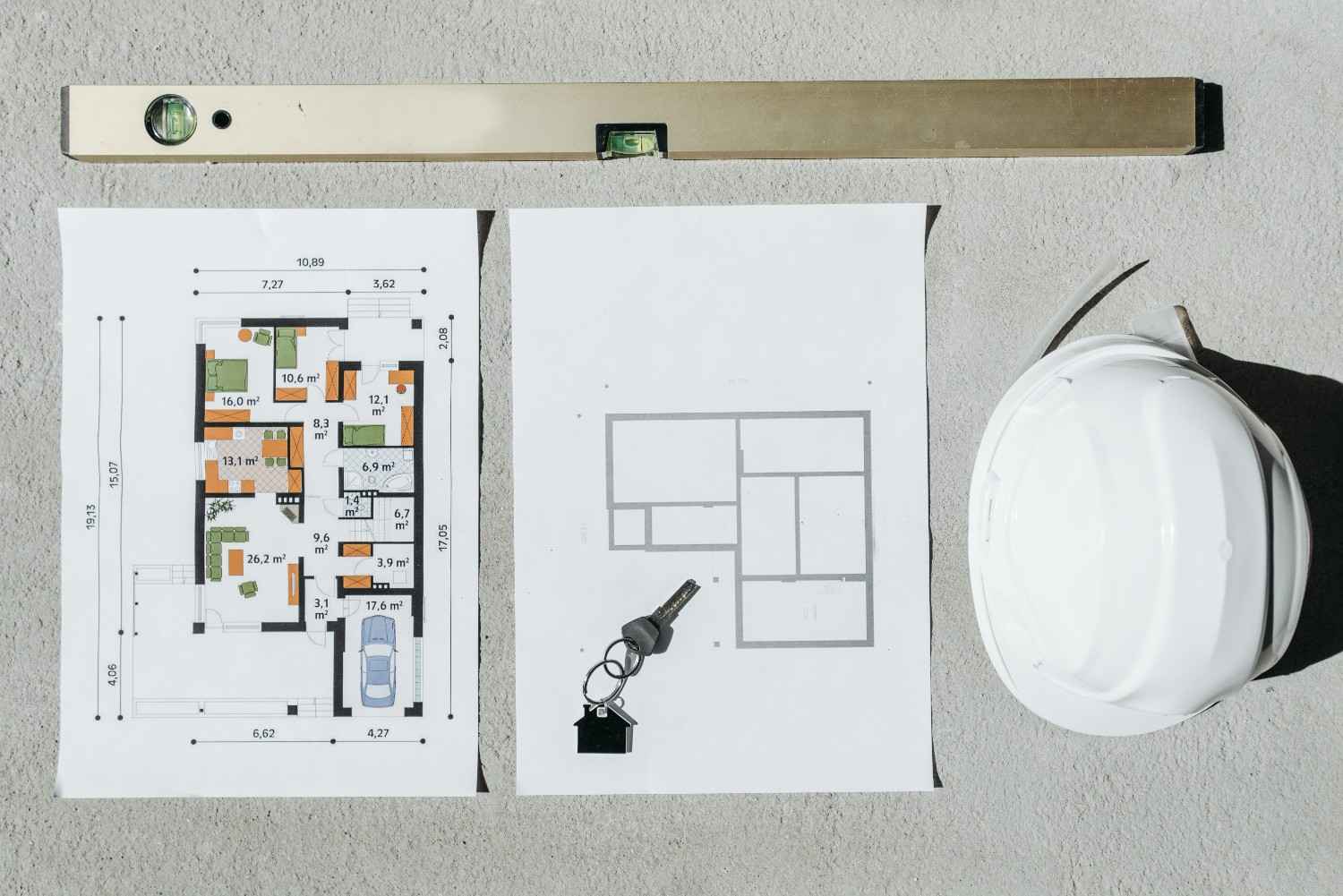Stamp Duty Land Tax (SDLT), commonly known as stamp duty, is a tax imposed by the UK government on property transactions. Whether you are buying your first home, investing in a buy-to-let property or moving to a new residence, understanding how much stamp duty you will need to pay is essential.
In this article, we will explore the different rates of stamp duty, exemptions and factors that influence the amount payable. Additionally, we will provide insights into recent changes in stamp duty regulations and tips on minimising this tax burden.
What is Stamp Duty and Who Pays it?
Stamp duty is a tax levied on properties purchased in the UK. The responsibility for paying stamp duty typically falls on the buyer, although in certain cases, the seller may also be liable. The amount of stamp duty payable depends on the property’s purchase price and various other factors, as outlined in the following sections.
What Are The Stamp Duty Rates for Residential Properties?
The stamp duty rates for residential properties are categorised into different bands based on the purchase price. The rates are as follows:
| Up to £250,000 | 0% (No stamp duty) |
| £250,001 to £925,000: | 5% (On the portion between £250,001 to £925,000) |
| £925,001 to £1,500,000: | 10% (On the portion between £925,001 to £1,500,000) |
| Over £1,500,000: | 12% (On the portion above £1,500,000) |
What Are The Stamp Duty Rates for Additional Properties?
If you are purchasing an additional property, such as a second home or a buy-to-let investment, higher stamp duty rates apply due to a 3% surcharge. The additional stamp duty rates are:
| Up to £40,000 | 0% (No stamp duty) |
| Over £40,000 | Standard SDLT rates plus a 3% surcharge |
What Is First-Time Buyer Stamp Duty Relief?
First-time buyers in the UK can benefit from stamp duty relief, designed to help them get on the property ladder. First-time buyers are exempt from paying stamp duty on properties valued up to £425,000. The rates for first-time buyers are as follows:
| Up to £425,000 | 0% (No stamp duty) |
| £425,001 to £625,000: | 5% (On the portion above £425,000) |
| Over £625,000 | Standard SDLT rates apply |
What If I Am A Non-UK Resident?
If you are a non-UK resident purchasing property in England or Wales, there are specific considerations regarding stamp duty. Overseas homebuyers face an additional 2% SDLT surcharge on top of the existing stamp duty tax levied on the purchase of property.
Moreover, non-UK residents acquiring property as buy-to-let are also subject to higher stamp duty rates. These buyers must pay both the 2% surcharge, applicable to non-UK residents, and the existing 3% stamp duty surcharge on the purchase of additional properties.
Recent Stamp Duty Changes
The UK government introduced temporary stamp duty changes in response to the COVID-19 pandemic to stimulate the property market. Until September 30, 2021, the threshold for stamp duty relief for residential properties was increased to £500,000, providing savings for homebuyers. After this date, the stamp duty rates reverted to the standard bands.
What Factors Affect The Amount Of Stamp Duty?
Several factors influence the amount of stamp duty payable on a property:
- Purchase Price – The most significant factor is the property’s purchase price, as different stamp duty rates apply to various price bands.
- Buyer’s Status – First-time buyers enjoy SDLT relief on properties valued up to £425,000, with a reduced rate for properties priced between £425,001 to £625,000. Second-home purchasers are subject to a 3% surcharge on top of the standard SDLT rates.
- Shared Ownership – In shared ownership schemes, buyers can choose to pay stamp duty on the full market value or only on the share they are purchasing.
- Property Type – Different stamp duty rates apply to residential properties, commercial properties and mixed-use properties.
- Purchase Date – Temporary changes in stamp duty rates or thresholds, such as those introduced during the COVID-19 pandemic, can impact the amount of tax payable.

How Do I Pay Stamp Duty?
Paying stamp duty is typically the responsibility of the buyer. After completing the property purchase, the solicitor or conveyancer will handle the stamp duty payment on your behalf. They will calculate the amount due based on the property’s purchase price and any applicable exemptions or reliefs.
The payment is then made to HM Revenue & Customs (HMRC) within 14 days of the property’s completion date. Failure to pay stamp duty on time may result in penalties and interest charges, so it is essential to ensure prompt payment to avoid any potential issues.
Can I Minimise My Stamp Duty Liability?
While stamp duty is an unavoidable expense for property buyers, there are legal ways to minimise the tax liability. There are also some instances in which you can claim stamp duty back. To reduce your stamp duty liability you can consider the following:
- Purchase Price Negotiation – Negotiating the purchase price may reduce the overall stamp duty liability, as stamp duty is calculated on the purchase price.
- Multiple Purchasers – If buying jointly with another person, such as a spouse or partner, the stamp duty threshold can be split between the buyers, potentially reducing the amount of tax payable.
- Shared Ownership – As shared ownership properties have different stamp duty rules, carefully choosing the percentage share to purchase can impact the stamp duty liability.
- Gifted Deposits – If part of the property’s purchase price is gifted, it can reduce the amount subject to stamp duty.
- Incorporating a Company – For commercial property purchases, buyers might consider using a company to make the acquisition, as the stamp duty calculation is different for corporate buyers.
Final Thoughts
Stamp duty is an important consideration for anyone buying property in the UK. Understanding the various stamp duty rates, exemptions and factors affecting the amount payable can help you budget effectively for this tax.
While it is a standard part of property transactions, being aware of stamp duty changes and seeking professional advice can assist in optimising your tax liability. By staying informed and planning accordingly, you can make sound financial decisions when purchasing property and navigate the stamp duty landscape with confidence.


